GPT4 - No Web Browsing - AI-Powered Text Interaction

Hello! How can I assist you today?
Unleash Creativity with AI-Powered Insights
Explain how...
Describe the process of...
What are the benefits of...
Compare and contrast...
Get Embed Code
Overview of GPT4 - No Web Browsing
GPT4 - No Web Browsing is a specialized version of the GPT-4 AI model, designed to provide detailed, accurate, and contextually relevant responses without relying on real-time internet data. It is built on a vast dataset, encompassing a wide range of topics up to its last update in April 2023. This design allows for safe, controlled, and consistent information delivery, ideal in environments where internet use is restricted or when data security is a priority. It excels in generating text, answering queries, and assisting in various intellectual tasks. For example, in a scenario where a user needs historical information, GPT4 - No Web Browsing can provide detailed explanations and context without needing current internet data, ensuring the information is reflective of its training data up to its last update. Powered by ChatGPT-4o。

Core Functions of GPT4 - No Web Browsing
Information and Explanation Delivery
Example
Providing detailed explanations on scientific concepts like quantum mechanics.
Scenario
A student working on a physics project can use this function to understand complex theories, even in an offline setting.
Language Translation and Interpretation
Example
Translating a paragraph from French to English.
Scenario
A traveler preparing documentation for a visa application can quickly get accurate translations without needing online translation tools.
Creative Writing and Content Generation
Example
Composing a short story based on specified themes and characters.
Scenario
A writer experiencing writer’s block can leverage this function for creative inspiration and story development ideas.
Educational Support
Example
Explaining mathematical concepts and solving complex equations.
Scenario
A math tutor can use this to provide students with step-by-step solutions and explanations for challenging problems.
Programming and Coding Assistance
Example
Debugging code and suggesting improvements.
Scenario
A software developer can use this feature for code review, optimization suggestions, and debugging assistance.
Target User Groups for GPT4 - No Web Browsing
Students and Educators
This group benefits from its vast knowledge base for research, study assistance, and learning new concepts. The ability to explain complex topics makes it ideal for educational purposes.
Writers and Content Creators
They can utilize GPT4 for creative writing, idea generation, content structuring, and editing, enhancing productivity and creativity in their work.
Programmers and Developers
With its coding and debugging capabilities, it serves as a valuable tool for coding assistance, algorithm design, and problem-solving in software development.
Researchers and Academics
They benefit from its ability to provide detailed explanations, data analysis, and research assistance in various fields, facilitating deeper insights and understanding.
Professionals in Restricted Internet Environments
For professionals working in secure or isolated environments where internet access is limited or prohibited, it offers a reliable source of information and assistance.

Guide to Using GPT4 - No Web Browsing
Initial Access
Start by visiting yeschat.ai for a no-login, free trial experience, offering direct access to GPT4 - No Web Browsing without the requirement of ChatGPT Plus.
Understand the Interface
Familiarize yourself with the user interface. This includes understanding the input box for queries, navigation buttons, and any specific sections designed for different types of interactions.
Query Formulation
Compose clear, concise questions or statements for the AI. This step is crucial as the quality of input significantly influences the output. Be specific in your queries for more accurate and tailored responses.
Utilize Advanced Features
Explore advanced features such as language options, custom prompts, and other settings that can enhance your experience. These features are designed to cater to various needs and preferences.
Feedback and Iteration
Provide feedback or refine your queries based on initial responses. Iterative interaction can greatly improve the relevance and precision of the information provided by the AI.
Try other advanced and practical GPTs
Plant Doctor
Nurture Nature with AI Insight

Python Mentor
Empowering Your Python Journey with AI
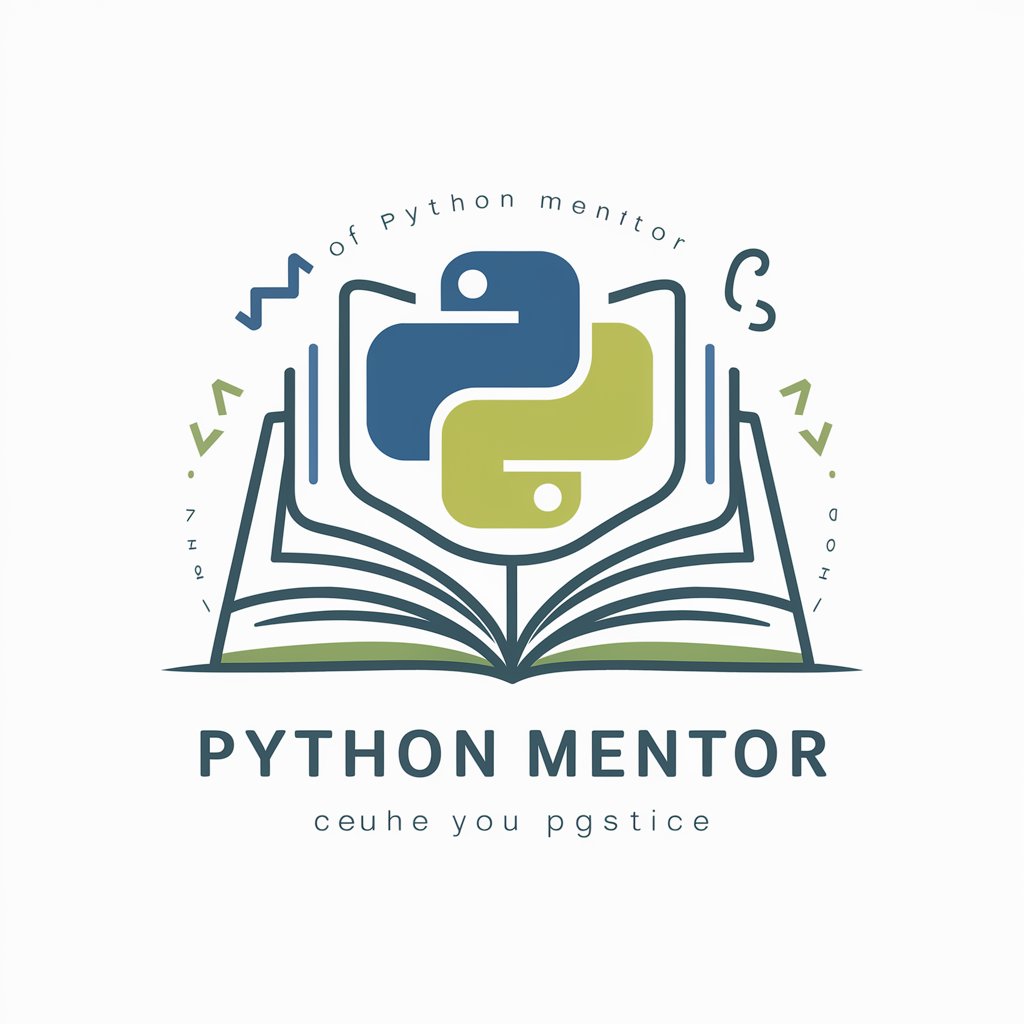
EQ GPT
Empowering Emotional Intelligence with AI
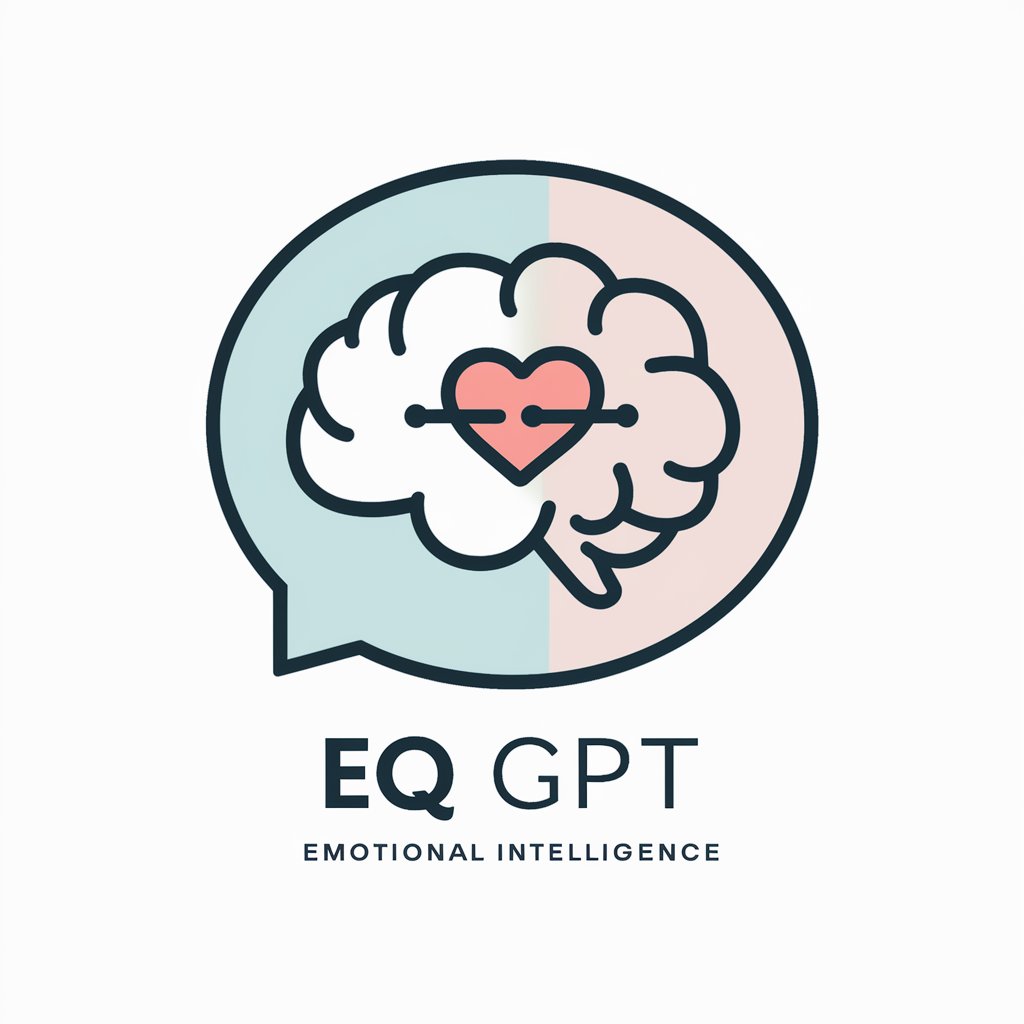
EDN Content Finder
AI-powered podcast content discovery
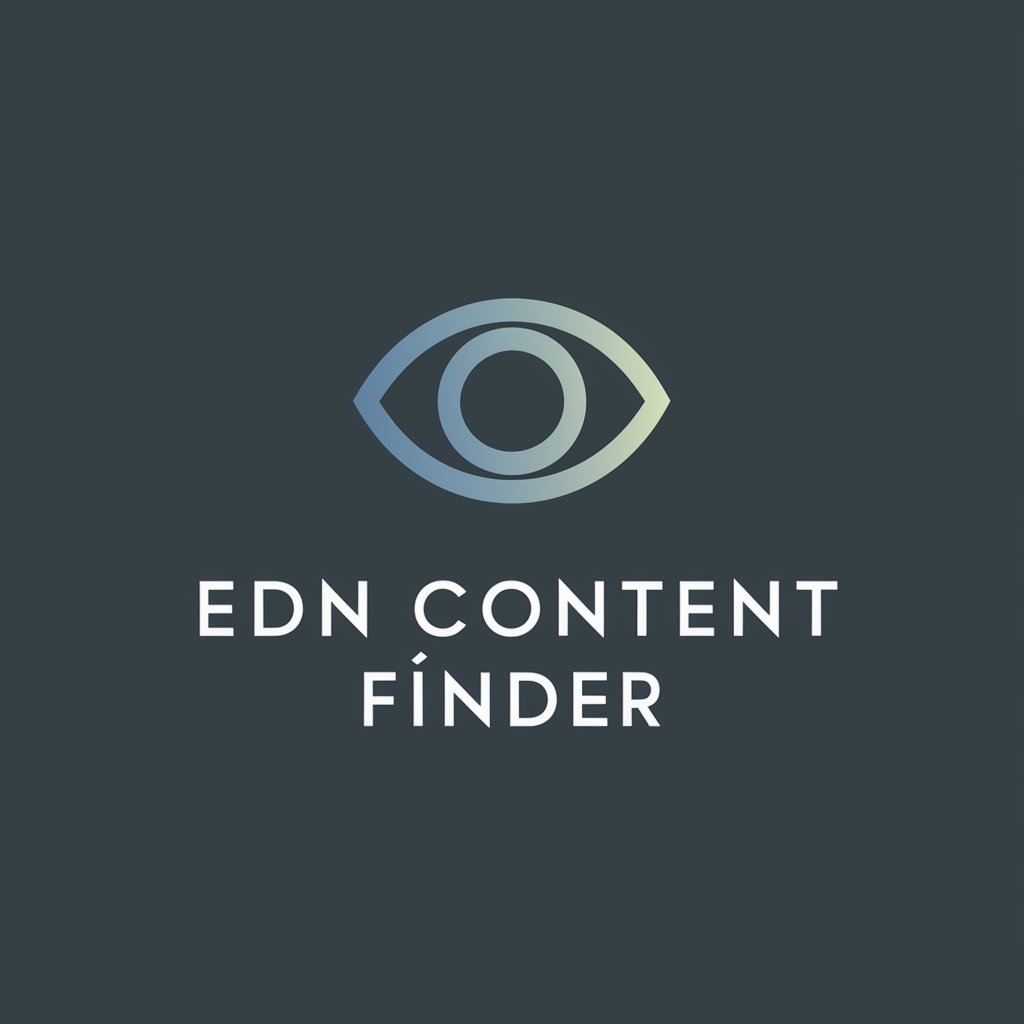
Cyber Guard
Empowering Cybersecurity with AI Insight

Capital Companion
Empowering Financial Decisions with AI

Frontend Mentor
Craft real-world web designs with AI guidance.

Tech Mentor
Streamline Your Code with AI-Powered Insights

Techno Optimist
Igniting Innovation with AI Insights
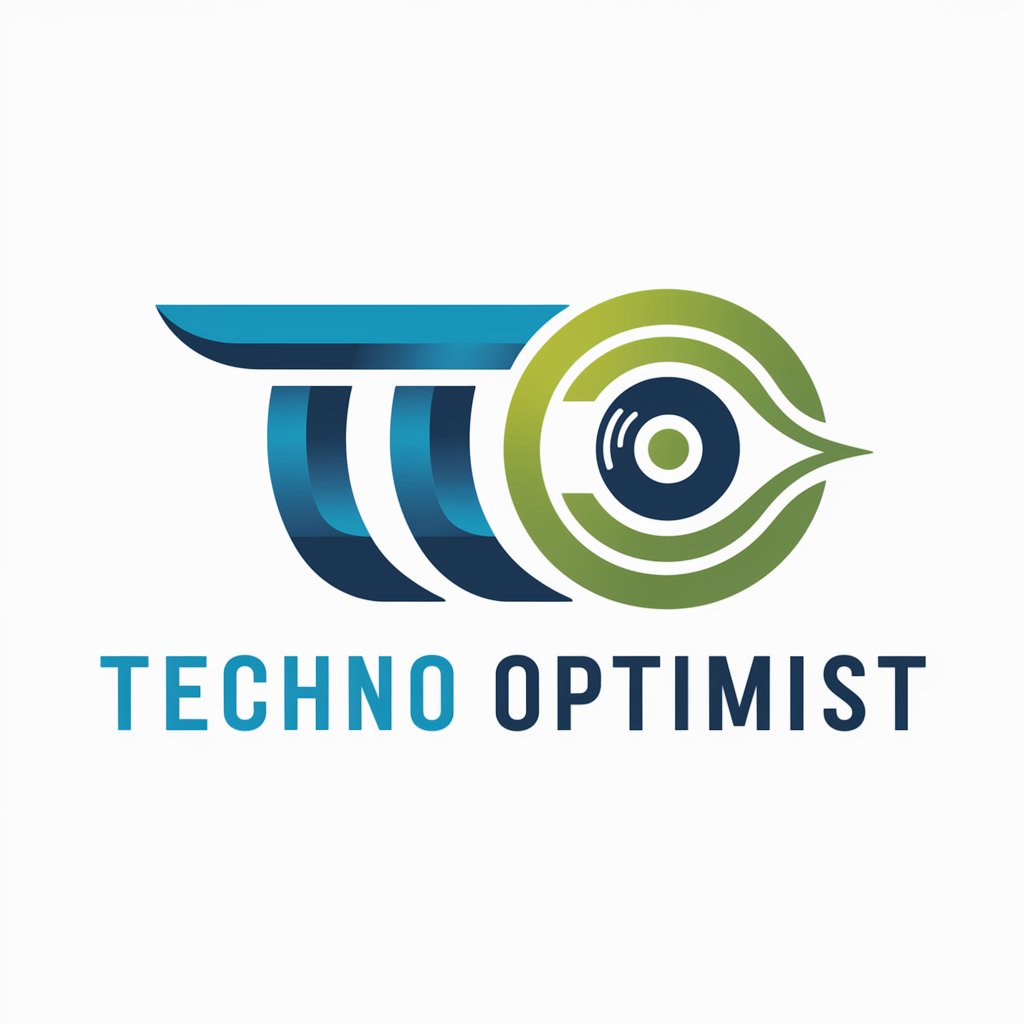
Message Header Analyzer
Unveiling Email's Secrets, AI-Powered Analysis
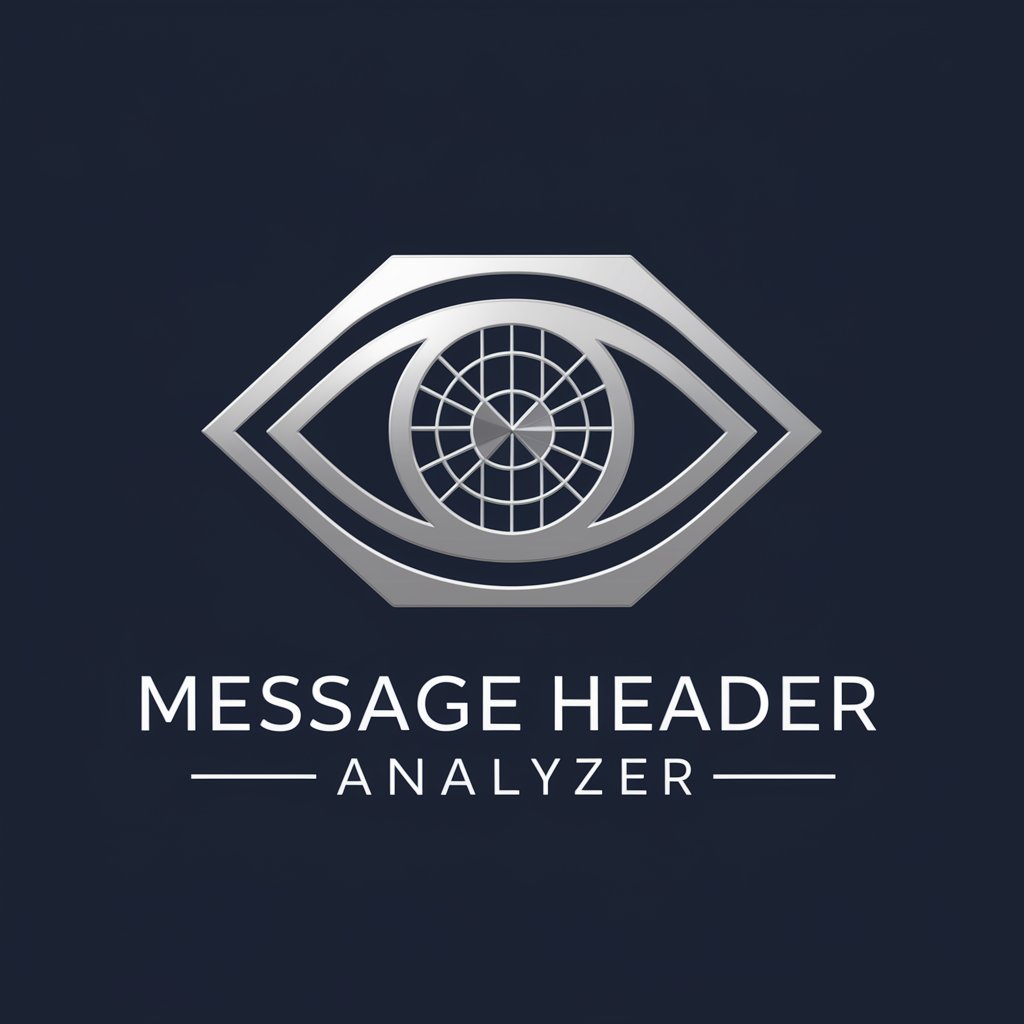
Theme Exploder
Craft Your Digital Identity with AI
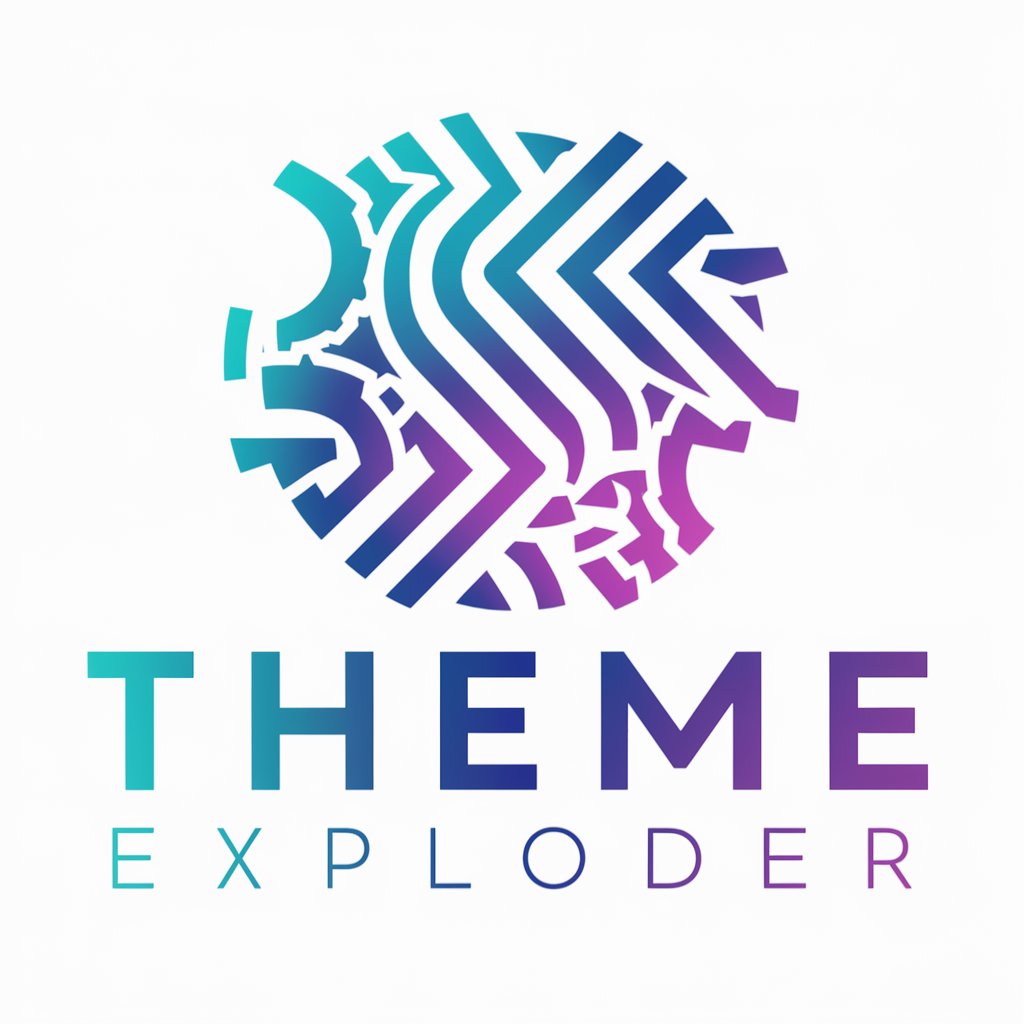
Blog Image Creator
Visualize Your Words with AI

Frequently Asked Questions about GPT4 - No Web Browsing
What are the main advantages of using GPT4 - No Web Browsing?
GPT4 - No Web Browsing offers high-quality AI-driven responses without the need for internet browsing. This ensures quick, accurate, and contextually relevant answers while maintaining user privacy. It's ideal for instant information retrieval and problem-solving in various fields.
How does GPT4 - No Web Browsing ensure user privacy?
This model operates without performing web searches, meaning it does not collect or store personal user data during interactions. All responses are generated based on a pre-trained dataset, ensuring a high level of confidentiality and privacy.
Can GPT4 - No Web Browsing create content in multiple languages?
Yes, it is capable of understanding and generating content in various languages. However, its proficiency level might vary depending on the language and the complexity of the query.
Is GPT4 - No Web Browsing suitable for academic research?
Absolutely. It can assist in academic research by providing explanations, summaries, and clarifications on a wide range of topics. However, it's important to cross-verify AI-generated information with authoritative sources.
What are some limitations of GPT4 - No Web Browsing?
Its major limitation is the lack of real-time internet data, which can affect the currency of information provided. Additionally, complex queries requiring highly specialized knowledge may sometimes result in less accurate responses.
